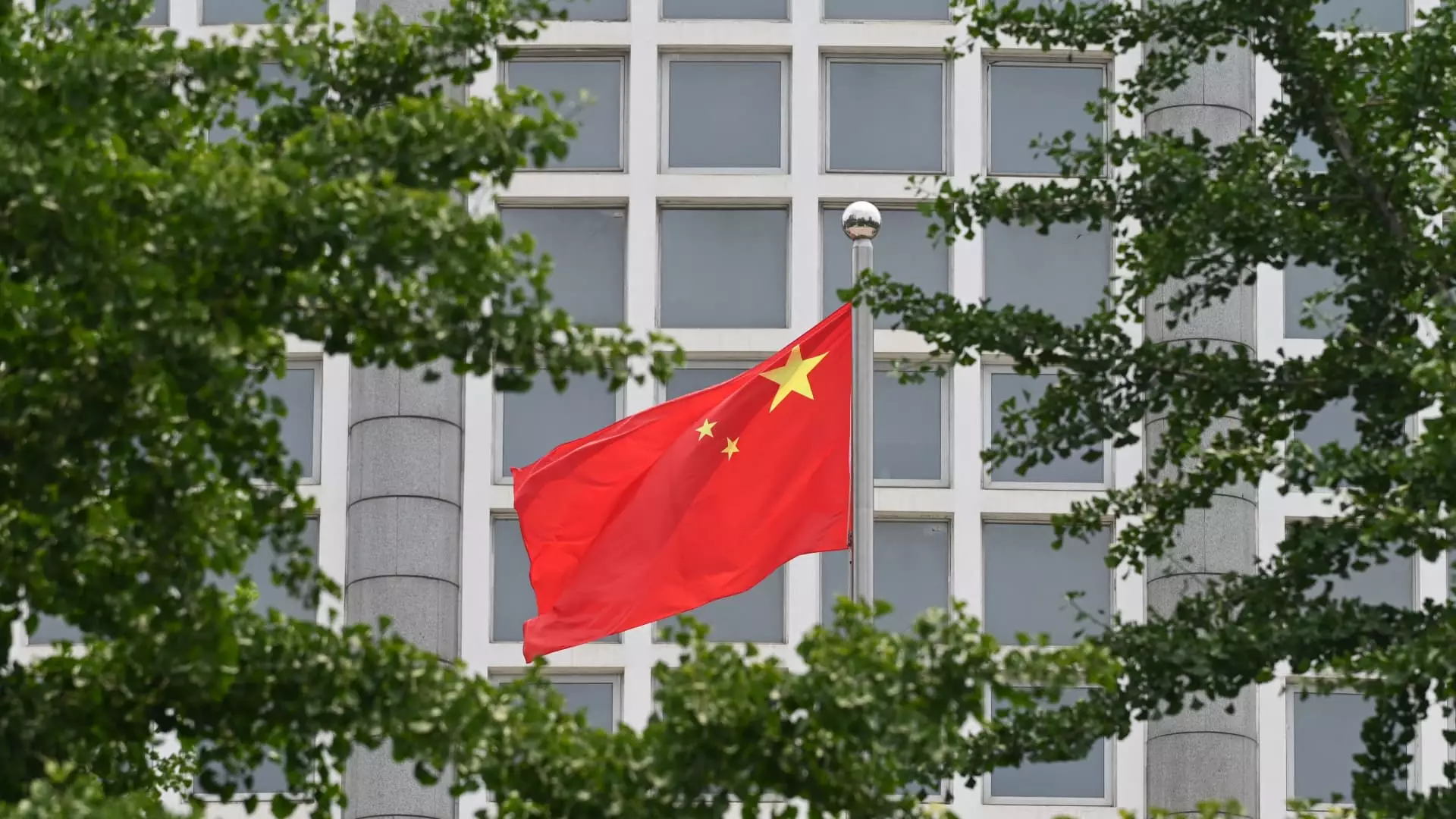China’s economy has found itself at a crossroads, grappling with a series of profound challenges that have become increasingly apparent in the wake of the COVID-19 pandemic. While the government’s attempt to stimulate growth has been proactive, the mixed results highlighted during a recent press conference led by Zheng Shanjie, Chairman of the National Development and Reform Commission (NDRC), reveal the difficult landscape that policymakers must navigate. Investors had anticipated sweeping measures to combat stagnation, but Zheng’s refraining from significant new stimulus left many feeling underwhelmed and heightened the reluctance in the markets.
During the press conference, Zheng provided insights into the government’s plan to enhance economic momentum. Among the promised actions was an expedited issuance of special purpose bonds aimed at local governments. These bonds are intended to fund infrastructure projects and stimulate regional economies, a necessary step given that various areas have reported sluggish growth. The commitment to issue ultra-long special sovereign bonds worth 1 trillion yuan demonstrates a willingness to inject significant capital into local projects; however, this move may not be enough to catalyze the desired recovery on its own.
Despite Zheng’s promises of further measures to support the property market and boost domestic spending, the absence of a decisive, comprehensive strategy raises concerns. The economic woes have been persistent, as indicated by recent data. For instance, China’s growth projections for 2023—targeting around 5%—now seem increasingly elusive. The expectation of a 100 billion yuan investment plan to be unveiled by the end of the month is promising, yet market confidence remains fragile in light of various economic indicators.
Following Zheng’s announcements, the initial sentiment in the Chinese stock market was one of optimism, with major indexes seeing sharp gains. However, this brief surge cannot overshadow the underlying weaknesses evident in the economic structure. A deeper examination of economic indicators reveals growing concerns: sluggish consumer price growth, persistent contractions in manufacturing activity, and low domestic demand persist as alarming signals that require urgent attention.
Previously, officials had emphasized the necessity of a strong fiscal and monetary policy framework, especially to address the persistent issues in the property sector, which has faced declining prices for months. These challenges have fueled worries regarding overall economic stability. The recent contraction of factory activity and a PMI reading indicating a fifth consecutive month of decline underscore the magnitude of the current economic climate—one that is grappling with a lack of consumer confidence and diminishing production outputs.
Looking Ahead: Prospects for Recovery
Amidst these challenges, Zheng’s acknowledgment of the “many difficulties and problems” that continue to hinder economic progress is both a call to action and a stark reminder of the complexities that lay ahead. There is a pressing need for a well-coordinated approach that integrates various aspects of macroeconomic policy—fiscal, monetary, employment, and industry-specific measures—to foster a sustainable recovery. The NDRC’s previous commitments to strengthening macroeconomic policies must translate into tangible outcomes that resonate across all sectors of the economy.
Moreover, as global economic pressures mount, China’s ability to navigate these turbulent waters will define not only its immediate recovery but its long-term competitiveness on the world stage. Swift and decisive action is essential, but it must be strategic and deliberate, taking into account the lessons learned from previous attempts at rejuvenation.
While Zheng Shanjie’s recent announcements signal some degree of governmental commitment to revitalizing China’s economy, the lack of bold, innovative solutions raises questions about the effectiveness of these approaches. Investors and analysts alike will be watching closely for any additional measures and the impact of such policies on the nation’s economic recovery. Only time will tell if these efforts will suffice to reinvigorate confidence and drive sustainable growth amid ongoing uncertainty.

